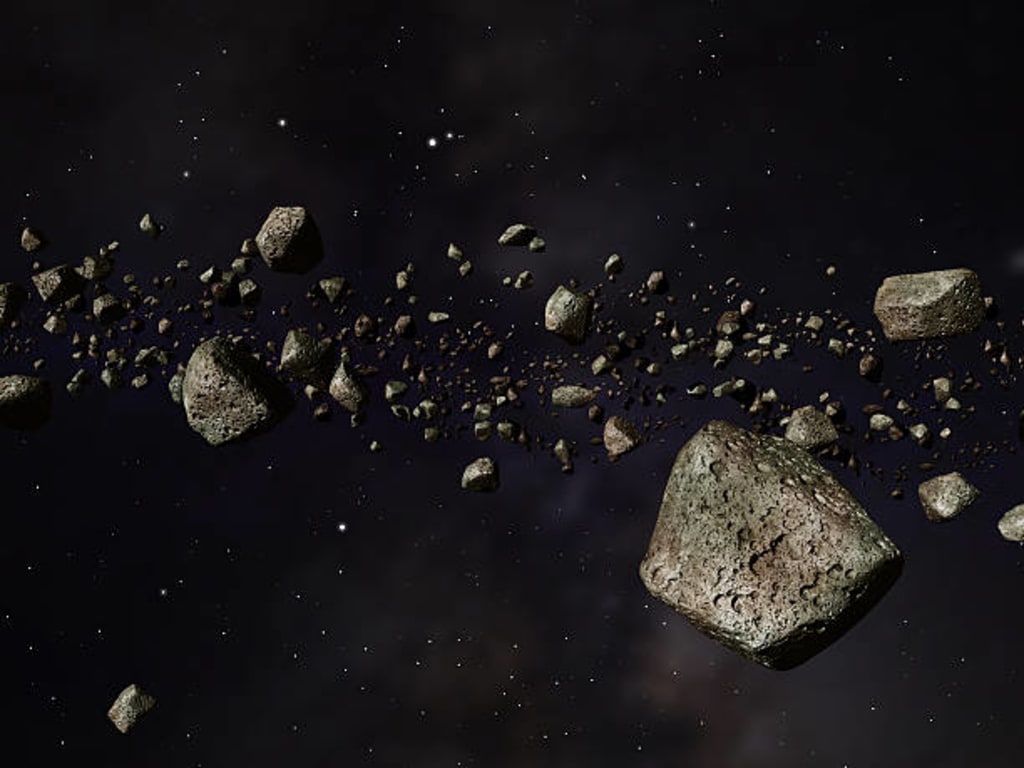
The Kuiper Belt is a region of the outer solar system that is home to a large number of icy objects, including dwarf planets, comets, and asteroids. This region is named after astronomer Gerard Kuiper, who first proposed its existence in the 1950s.
In this article, we will explore the Kuiper Belt in more detail, including its discovery, composition, and relationship to the outer planets of our solar system.
Discovery of the Kuiper Belt
The Kuiper Belt was first predicted in the 1950s by Gerard Kuiper, who proposed that there might be a region beyond Neptune that was home to icy objects. However, it was not until the 1990s that the first objects in the Kuiper Belt were actually discovered.
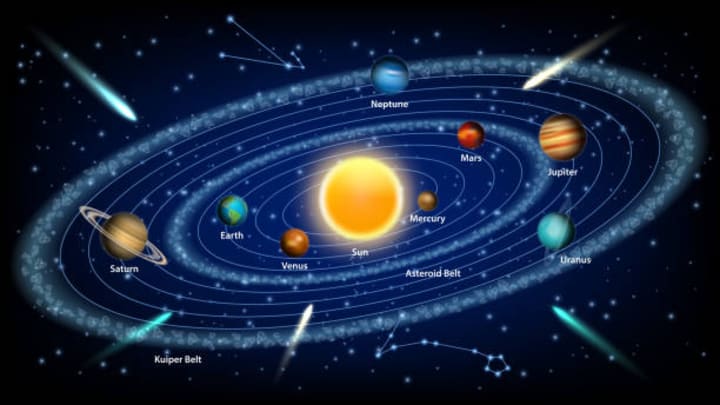
In 1992, astronomers David Jewitt and Jane Luu discovered the first object in the Kuiper Belt, known as 1992 QB1. Since then, thousands of other objects have been discovered in this region, including dwarf planets like Pluto and Eris, as well as many other smaller objects.
Composition of the Kuiper Belt
The Kuiper Belt is believed to be composed primarily of icy objects, including water, methane, and ammonia. These objects are thought to be remnants from the early solar system, and studying them can provide important insights into how the solar system formed and evolved.
Many of the objects in the Kuiper Belt are also thought to be "planetesimals," which are small bodies that are believed to have been the building blocks of the planets in our solar system.
Characteristics of the Kuiper Belt
The Kuiper Belt is a region of the outer solar system that extends from the orbit of Neptune to about 50 astronomical units (AU) from the Sun. It is primarily composed of icy objects, including water, methane, and ammonia.
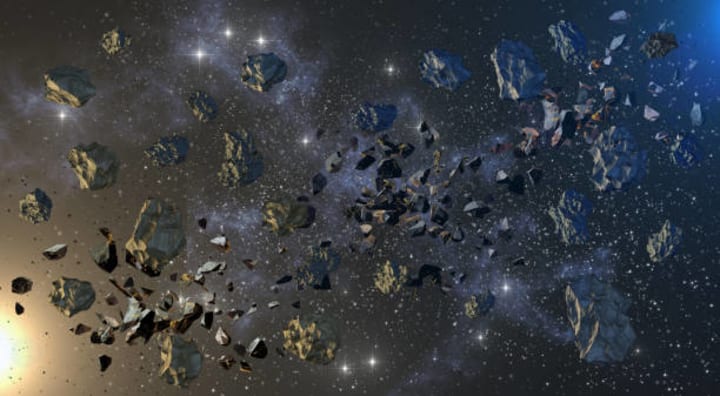
These objects are thought to be remnants from the early solar system and are believed to be the building blocks of the planets in our solar system. The size and distribution of objects in the Kuiper Belt vary widely, with some objects measuring several hundred kilometers in diameter and others measuring just a few kilometers.
The Formation of the Kuiper Belt
The Kuiper Belt is thought to have formed as a result of the migration of Neptune. When Neptune moved outwards in the early solar system, it scattered objects in the region beyond its orbit, causing them to collide and form the Kuiper Belt.
Another theory is that the Kuiper Belt is made up of objects that were formed in the same region as the outer planets but were prevented from accreting into larger bodies by the gravitational influence of Neptune.
The Relationship Between the Kuiper Belt and the Oort Cloud
The Kuiper Belt and the Oort Cloud are two regions of the outer solar system that are home to icy objects. The Kuiper Belt is located beyond the orbit of Neptune, while the Oort Cloud extends much further out, to as much as 50,000 AU from the Sun.
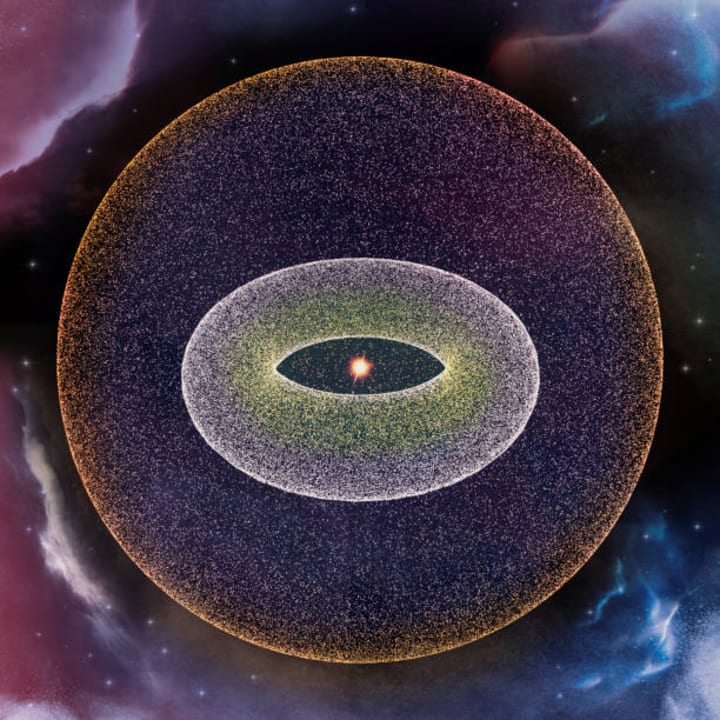
The Kuiper Belt is thought to be the source of many short-period comets, while the Oort Cloud is the source of long-period comets. The two regions have some similarities, but they also have some important differences.
Relationship to the Outer Planets
The Kuiper Belt is located beyond the orbit of Neptune, which is the eighth planet in our solar system. It is believed that the gravitational influence of Neptune prevented the objects in the Kuiper Belt from forming into a larger planet, which is one reason why the objects in this region are so small.
However, the Kuiper Belt is also thought to be the source of many comets that enter the inner solar system. These comets are believed to have been knocked out of the Kuiper Belt by the gravitational influence of the outer planets, and they can provide important clues about the early solar system.
Dwarf Planets in the Kuiper Belt
One of the most famous objects in the Kuiper Belt is Pluto, which was discovered in 1930 and was once considered to be the ninth planet in our solar system. However, in 2006, the International Astronomical Union (IAU) reclassified Pluto as a "dwarf planet," which means that it is not large enough to clear its orbit of other debris.
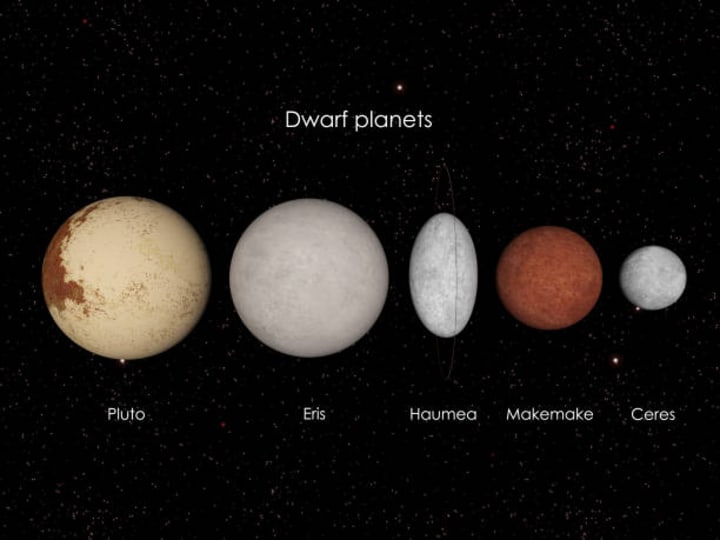
Pluto is not the only dwarf planet in the Kuiper Belt. Other notable examples include Eris, Makemake, and Haumea. These dwarf planets are believed to have formed in a similar way to the planets in our solar system, but they are not large enough to be considered full-fledged planets.
Exploration of the Kuiper Belt
The New Horizons mission to Pluto, launched in 2006, provided the first close-up images and measurements of the objects in the Kuiper Belt. The spacecraft flew by Pluto in 2015 and then continued on to explore a Kuiper Belt object called 2014 MU69, also known as Arrokoth, in 2019. The mission provided valuable information about the composition and structure of objects in the Kuiper Belt. Future missions are planned to further explore the Kuiper Belt, including the proposed "Kuiper Belt and Object Explorer" (KOBE) mission.
Future Exploration of the Kuiper Belt
Despite the fact that the Kuiper Belt is located relatively close to Earth, it has been largely unexplored. The New Horizons spacecraft, which was launched in 2006, made a flyby of Pluto in 2015 and provided the first close-up images of this dwarf planet.
In the future, there are plans to explore other objects in the Kuiper Belt, including the dwarf planet Makemake. There are also proposals for a mission to explore the entire Kuiper Belt, which could provide important insights into the early solar system and the formation of the outer planets.
Implications for Our Understanding of the Solar System
Studying the Kuiper Belt has important implications for our understanding of the formation and evolution of the outer solar system. By studying the objects in the Kuiper Belt, scientists can learn more about the early solar system and how it formed.
The Kuiper Belt also provides clues about the migration of Neptune and the role it played in shaping the outer solar system. Studying the Kuiper Belt can also help us understand the formation of other planetary systems, as similar belts of icy objects have been observed around other stars.
Final thoughts
The Kuiper Belt is a fascinating region of the outer solar system that holds many secrets about the early history and formation of our solar system. The discovery of this region has led to new insights into the origins of the planets, including the outer gas giants and their moons. The objects within the Kuiper Belt are diverse and complex, ranging from small icy chunks to dwarf planets like Pluto and Eris.
The study of the Kuiper Belt has already led to numerous discoveries, such as the presence of Pluto's moons and the unexpected properties of its surface. Future missions, such as the proposed KOBE mission, are likely to provide even more insights into this region and the icy objects that reside within it.
As we continue to study the Kuiper Belt and its objects, we are also gaining a better understanding of the processes that shape planetary systems and the conditions necessary for the development of life. The discovery of the Kuiper Belt has opened up new avenues of research and exploration, providing a window into the early history of our solar system and the wider universe.
In short, the Kuiper Belt is a reminder of the vastness and complexity of our universe and the ongoing quest for knowledge and discovery.
About the Creator
Gokila
She is an astrophile, introvert,
loves to read books all day long,
addicts in healthy lifestyle
and having curiosity to know about new things.
Life Is As Beautiful As You Make It. Contentment Is The Key To Happiness. Peace Be Upon The Saviour.






Comments (1)
Nice insight ✨❤️💯